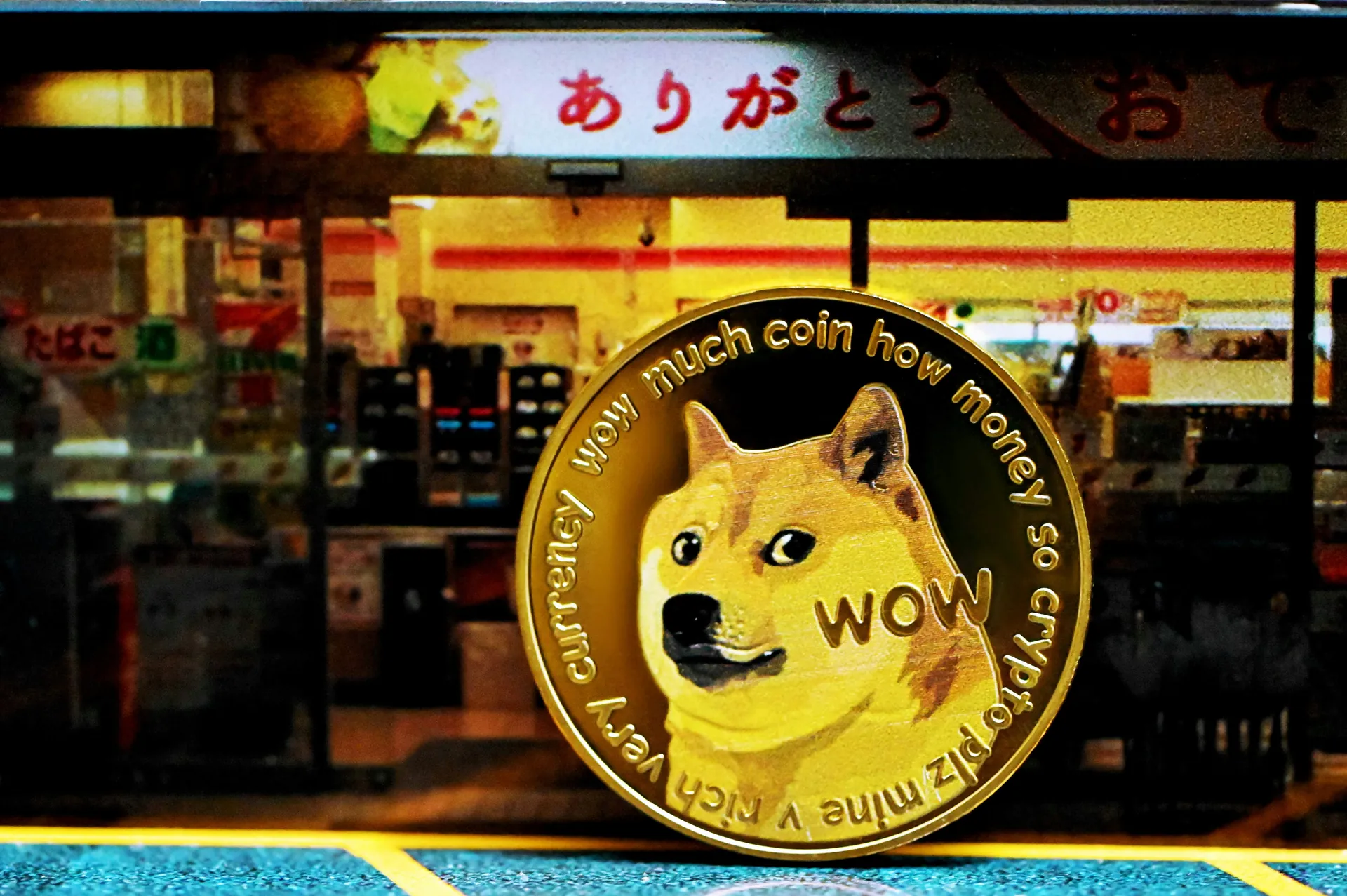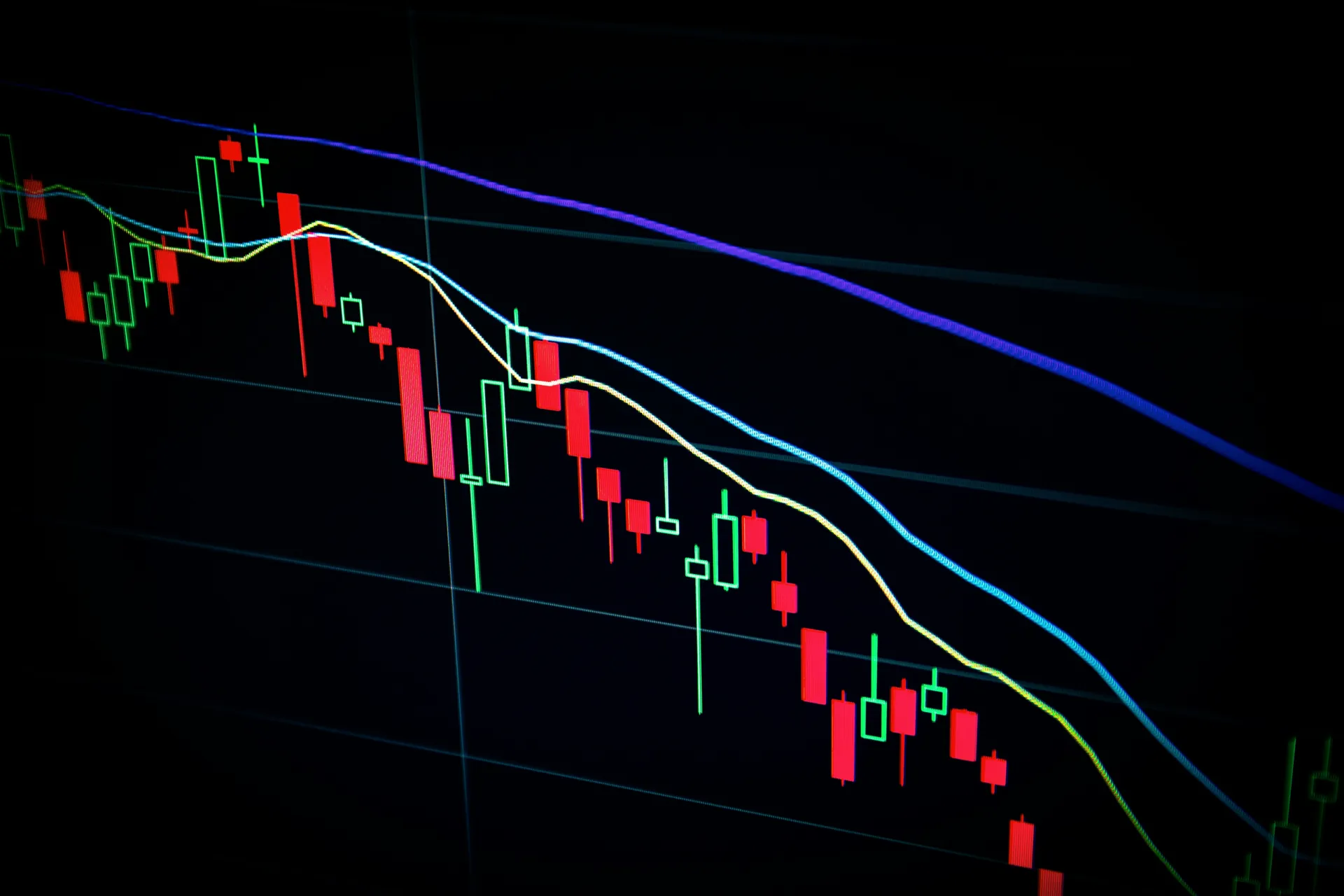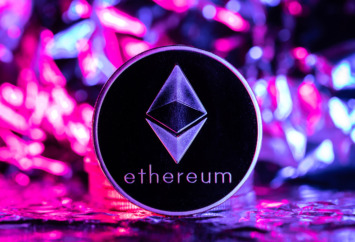Introduction to Memecoins
Memecoins are a distinctive and often unpredictable part of the cryptocurrency market that have gained widespread attention in recent years. These digital currencies are typically inspired by internet memes or trends and are fueled by community-driven hype and social media activity. Unlike established cryptocurrencies like Bitcoin or Ethereum, which emphasize technological innovation and practical applications, memecoins thrive on speculation, online engagement, and the influence of internet culture.
Supported by passionate online communities, memecoins are generally intended to be fun and light-hearted. Examples include Dogecoin, Shiba Inu, and Pepe Coin, which have become emblematic of the meme coin trend. While they utilize blockchain technology like other cryptocurrencies, their value is primarily driven by online momentum and community enthusiasm rather than utility or innovation.
Their appeal lies in the potential for high returns despite significant risk. High-profile endorsements, such as those from Elon Musk, have further amplified their popularity, making memecoins a captivating yet unpredictable element of the cryptocurrency landscape.
The Origins and Evolution of Memecoins

Birth of Dogecoin
Dogecoin, often credited as the first meme coin, was created in 2013 as a humorous response to the growing hype around cryptocurrencies. Software engineers Billy Markus and Jackson Palmer developed Dogecoin with the intention of satirizing the speculative nature of the crypto market.
Despite its comedic beginnings, Dogecoin quickly gained popularity, especially on social media platforms like Reddit. It became widely used for tipping content creators and participating in community-driven activities.
Dogecoin’s success can largely be attributed to its distinctive branding, featuring Kabosu, a Shiba Inu dog from the famous “Doge” meme. This playful imagery helped the coin stand out and attract a broader audience beyond traditional crypto enthusiasts. Its launch on December 6, 2013, marked the start of a new era in cryptocurrency, where community engagement and internet culture played a pivotal role in determining a coin’s success.
Shiba Inu: The “Dogecoin Killer”
Shiba Inu (SHIB), often dubbed the “Dogecoin Killer,” was introduced as a direct competitor to Dogecoin in August 2020. Created by an anonymous entity known as “Ryoshi,” Shiba Inu gained rapid popularity due to its low price and massive supply, making it appealing to investors eager to ride the wave of meme coin enthusiasm.
The coin’s rise was driven by its dedicated online community and endorsements from influential figures like Elon Musk, who occasionally tweeted about it. This social media buzz, coupled with its decentralized finance (DeFi) features and the launch of its own decentralized exchange, ShibaSwap, significantly boosted its market presence.
Shiba Inu’s market capitalization skyrocketed, positioning it as one of the leading meme coins. It frequently rivaled Dogecoin in both popularity and market value.
Impact of Internet Culture on Cryptocurrencies

The Role of Social Media and Influencers
Internet culture, particularly through social media, has played a pivotal role in the rise and popularity of memecoins. Platforms like Twitter, Reddit, and TikTok have become essential hubs for the crypto community, where news, memes, and discussions about various cryptocurrencies are shared and amplified. The influence of social media on memecoins is evident in how quickly prices can fluctuate based on online sentiment and celebrity endorsements.
For instance, a single tweet from a high-profile figure like Elon Musk can significantly impact the price of Dogecoin, highlighting the powerful interplay between social media and crypto market dynamics.
Influencers and celebrities have become key drivers in the crypto space, often acting as catalysts for price movements and community engagement. Their involvement can create a ripple effect, drawing more attention and investment into specific memecoins.
This phenomenon is not limited to individual influencers; entire communities on social media platforms work together to promote and discuss their favorite coins, creating a collective force that can drive market trends.
Community Dynamics and Memecoins
The community aspect of memecoins is a key factor in their success. These coins thrive on the strong sense of community and belonging they foster among their supporters.
Online forums, social media groups, and dedicated subreddits serve as gathering places where enthusiasts share memes, discuss project developments, and organize various community activities. This communal engagement creates a feedback loop that can lead to rapid price changes and increased adoption of the coin.
The psychology behind memecoins is deeply rooted in internet culture, involving a complex interplay of community, entertainment, and financial speculation. The sense of identity and camaraderie among meme coin holders goes beyond mere financial considerations, often driven by shared humor, irony, or a rebellious spirit against traditional financial structures.
This unique blend of internet culture and finance has significant implications for the broader financial landscape, as it demonstrates the growing influence of online communities in shaping market dynamics.
Challenges and Controversies Surrounding Memecoins

Regulatory Hurdles
The regulatory landscape for memecoins is complex and often unclear, creating significant challenges for both investors and regulators. A major issue is the difficulty of classifying memecoins under existing laws.
The U.S. Securities and Exchange Commission (SEC) has stated that most memecoins do not qualify as securities under the Securities Act of 1933 and the Securities Exchange Act of 1934, as they fail to meet the criteria of an investment contract defined by the Howey test.
However, the lack of a unified regulatory approach across various jurisdictions adds to the complexity. Cryptocurrency regulations differ widely from one country to another—some nations embrace digital assets, while others impose strict limitations or outright bans. This fragmented legal framework makes it challenging for meme coin investors to navigate regulations and ensure compliance.
In the absence of clear securities regulations, other agencies like the Commodity Futures Trading Commission (CFTC) and the Federal Trade Commission (FTC) may intervene to address fraud and manipulation within the meme coin market. For example, the CFTC might classify memecoins as commodities, while the FTC could focus on deceptive practices and misleading advertising associated with these assets.
Market Volatility and Risk
Memecoins are infamous for their extreme market volatility, primarily driven by social media hype and community engagement rather than traditional financial indicators. This volatility often leads to dramatic price swings, resulting in substantial gains or losses for investors. The risk of pump-and-dump schemes—where prices are artificially inflated before being sold—is particularly prevalent in the meme coin market.
Cybersecurity threats pose another significant risk, as memecoins are more susceptible to hacks and scams compared to established cryptocurrencies. Their decentralized and often anonymous nature makes them attractive targets for malicious actors.
Furthermore, the limited liquidity of certain memecoins can trigger bank-run scenarios, where sudden market crashes occur if large numbers of investors attempt to sell simultaneously.
The speculative nature of memecoins also raises concerns about consumer protection. Many investors are drawn to the allure of quick profits without fully understanding the risks or market dynamics involved.
This lack of awareness can lead to uninformed investment decisions, increasing the likelihood of financial losses and market instability. Regulatory agencies are increasingly highlighting these risks and stressing the need for strong regulations to safeguard market integrity and protect investor interests.
Conclusion: The Future of Memecoins in Crypto
The rise of memecoins, such as Dogecoin and Shiba Inu, has significantly influenced the cryptocurrency market. These digital assets underscore the power of internet culture and community engagement. While memecoins are often volatile and speculative, they also showcase potential for innovation, particularly in areas like decentralized finance (DeFi), gaming, and social impact.
As the cryptocurrency market continues to evolve, it is essential to differentiate between memecoins fueled by hype and those with practical use cases and development potential. Investors should approach memecoins cautiously, prioritizing projects with clear utility and strong community support. By embracing the unique combination of culture, technology, and speculation, memecoins could play a key role in shaping the future of cryptocurrency, offering both risks and opportunities for growth and innovation.


